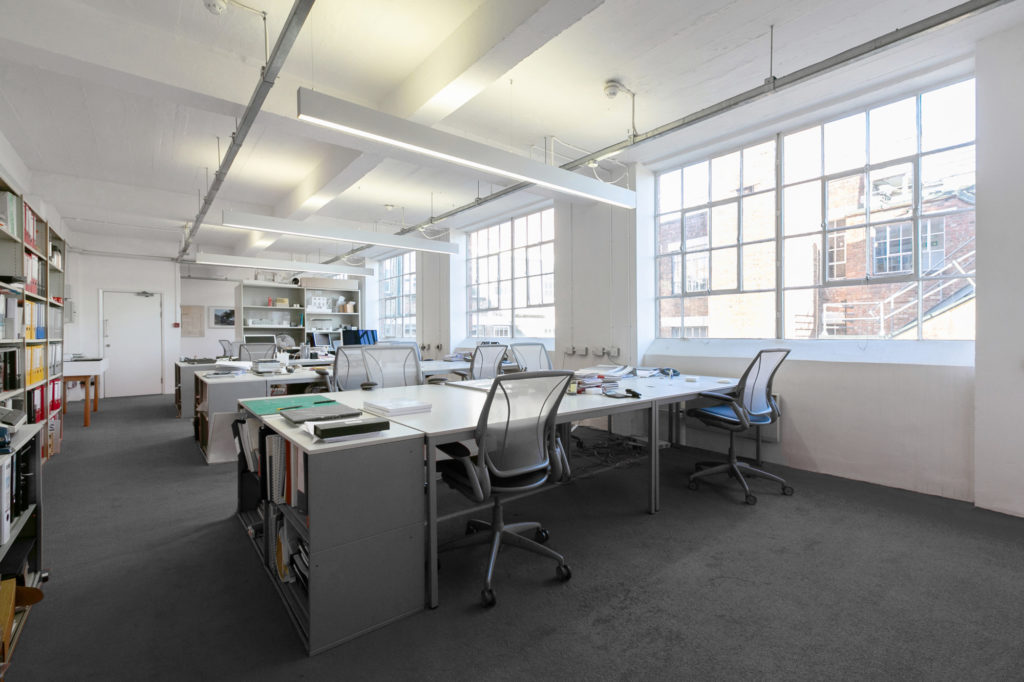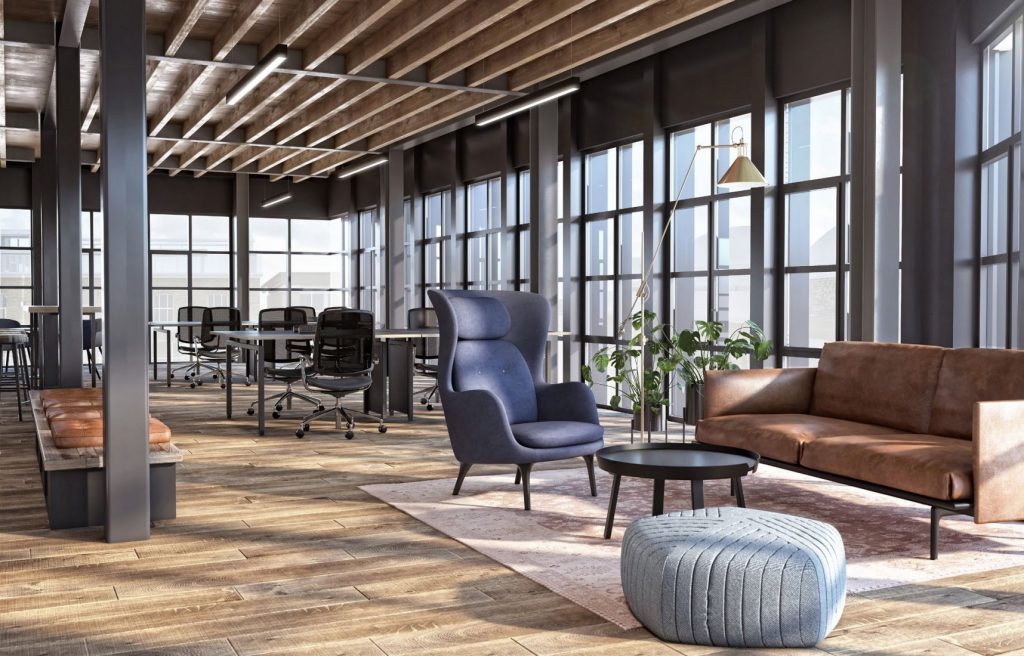Covid crushed demand for office space across the globe. Employee sentiment towards working in offices shifted and a surging demand to work from home seemingly still remains. According to a recent Microsoft study surveying 31,102 workers, employees’ biggest demand is flexibility. 52% of those surveyed asserted hybrid or remote work was core in remaining in their current employment. So why then despite this backdrop are we seeing a boom in the office rental market? Spoiler alert, employees will be coming back to the office soon whether they realise it or not.
Traditional offices are currently sat at 74% occupancy level , whilst flexible workspaces reflect an 82% occupancy rate. This demonstrates a near full recovery in the office rental market since it was ravaged from March 2020. Commuter numbers in London paint a similar story with Google mobility data for Thursday (peak day for office travel) May 12th at 82% of pre-pandemic levels.
The Royal Institute of Chartered Surveyors (RICS) further reiterates the point, noting that Q122 represented a jump in tenants searching for commercial property. Particularly prevalent was an uplift in demand for prime office space. Furthermore, the net balance of respondents predicting a rise in capital values for prime office space is at its highest level since Q4 2019. With this increase in occupier demand RICS expects rental income for new office space to rise 19% in the coming quarter with London expected to outpace most regions.
Land Securities Group Plc, which is the largest commercial property development and investment company in the UK confirmed the trend in its most recent financial earnings report. The company CEO Mark Allan pointed to record leasing in their London office portfolio. It is of note that 60% of Land Securities portfolio is London based.

Ultimately Companies Want Employees Back in the Office
The driver of this increased demand seems to be led by companies’ intense desire to get their employees back into the office. Clearly corporations both large and small feel that having their workforce back in the office at least partially will enhance productivity.
Why else would Facebook lease another 300,000 square foot of office space in New York, despite its already existing 3 million square footage of occupancy? Similarly, why would Google invest £1.7bn on a new Manhattan office and also continue its expansion of their already impressive campus?
The Microsoft survey previously mentioned, noted that 50% of all companies want their workers back in the office 5 days a week! Of the companies surveyed we know of very few who are willing to allow their employees to go fully remote. It’s anticipated that most at best will allow their employees to work from home for 1-2 days per week as a maximum.
Yes some companies such as Goldman Sachs and KPMG have been slow to push their workers back into full time employment but make no mistake most want employees back full time now. The challenge for these companies is fear of public backlash. They worry negative PR will result from forcing employees back into the office full time too quickly. It’s clear however given increased demand for office space that employers have every intention of getting their workers back in the office. It’s simply a matter of when, not if.

Offices with Amenities in Highest Demand
Leased and flexible office demand in the UK has soared in 2022 with occupancy levels of 74% and 82% respectively. With both types of offices seeing a marked increase in demand, a trend has emerged showing increased appetite for highly amenitized workspaces.
The post pandemic era demand is reflecting a need for increased flexibility and offices that offer fully serviced spaces. For those less aware, serviced offices tend to include communal meet up spaces, a fully staffed reception desk, areas to eat and prepare food, maintenance services, meeting rooms and much more. One of the best known examples of a fully serviced office is WeWork.
The company has more or less returned to pre-pandemic occupancy levels, recently reporting 500k physical memberships which was up 25% on the previous year. Their share price reflects this increase in office demand , with a 50% increase since May 11th.
The Instant Group, a company that specialises in the future of offices say that the acceleration of office occupancy rates this quarter have been powered by organisations’ increased demand for amenity focused office space in London and other city centres.

